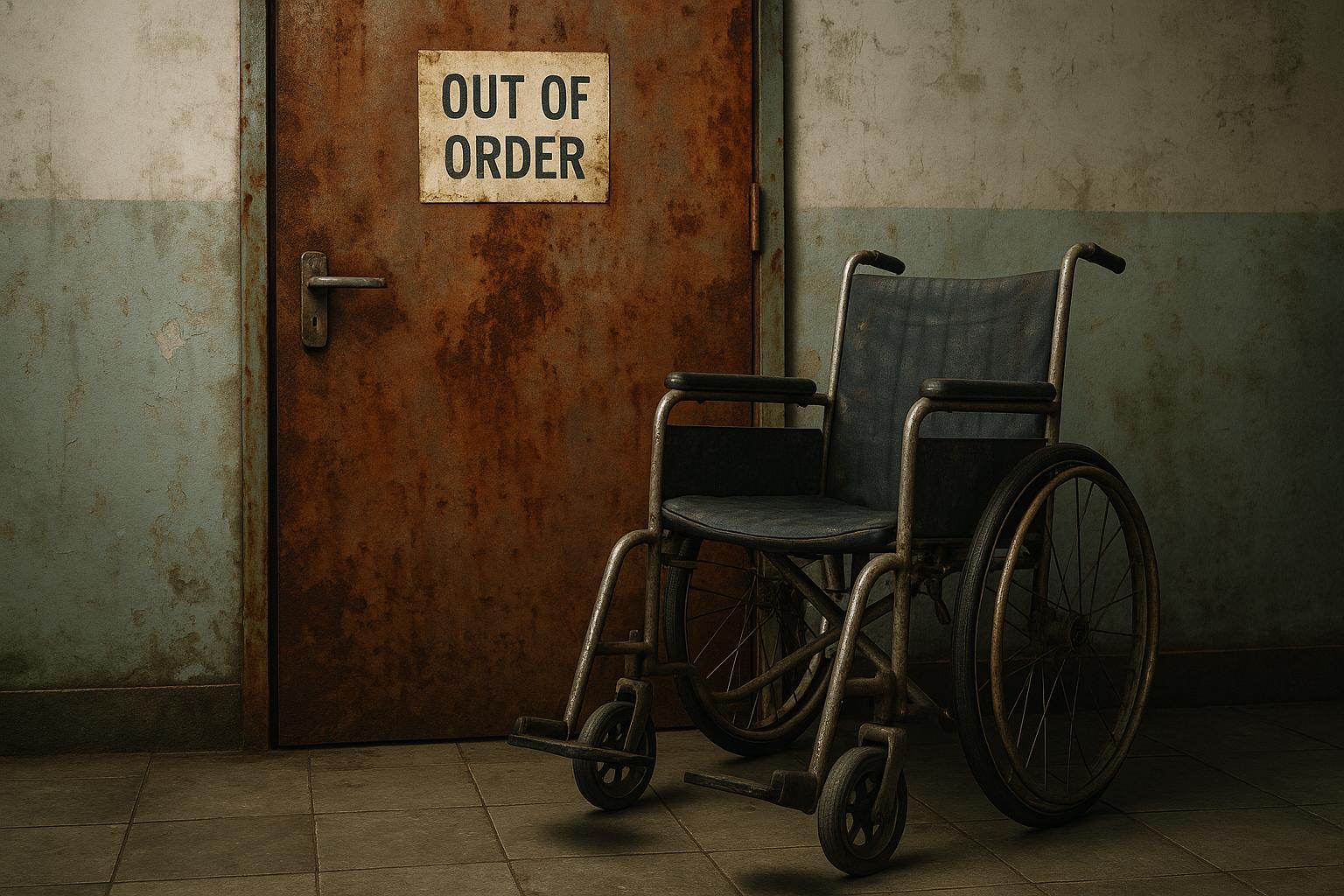The National Health Service (NHS) continues to face significant challenges due to infrastructure limitations and rising demand for services, prompting calls for a strategic response encompassing both community care enhancement and capital investment. According to recent statements, efforts are underway to strengthen community support systems that enable care closer to home while simultaneously addressing the urgent need for expanded hospital capacity. The spokesperson highlighted that lack of suitable infrastructure for surge capacity in some hospitals poses a major obstacle and underscored the appeal for government approval to allow private capital investment across the NHS, including in acute care facilities, to facilitate the construction of new infrastructure.
This multi-pronged strategy aligns with ongoing initiatives to reduce hospital admissions through bolstered community-based services. For instance, the NHS Confederation describes efforts by an urgent community response team in mid and south Essex, which works collaboratively with specialists to manage patients during acute medical crises directly in their homes. This approach not only aims to alleviate pressure on hospital services but also seeks to improve patient outcomes by delivering timely and coordinated care within the community setting. Such programmes epitomize the drive towards more integrated and patient-centred healthcare delivery.
However, the challenge extends beyond service innovation to foundational issues around capital investment in NHS facilities. NHS Providers have pointed out that recent public capital funding has primarily favoured acute hospitals, while investments in community healthcare estates remain insufficient. This imbalance risks undermining efforts to offer more care outside of hospitals. Advocates argue for substantial increases in capital funding to develop modern community facilities that can support integrated care models, rehabilitation, and intermediate services, all of which are crucial to reducing delayed discharges and easing urgent care pressures.
The British Property Federation (BPF) has also issued urgent calls for the government to enable private investment in the NHS estate. They highlight a critical maintenance backlog in secondary care facilities and the poor state of many primary care premises, reinforcing the need for modernization. Working with the real estate industry, the BPF urges exploration of private capital channels to revitalize NHS infrastructure, aiming to improve health outcomes and service delivery through enhanced facilities and expertise.
On the workforce front, community providers are innovating to meet staffing shortages and improve service integration. An example is Derbyshire Community Health Services NHS Foundation Trust’s collaboration with local authorities to pool homecare support staff within the community trust, facilitated through a Section 75 agreement. This measure aims to expand capacity, reduce service duplication, and deliver more cohesive care, underscoring the importance of collaborative models in tackling workforce and operational challenges.
Finally, broader strategic documents from the NHS Confederation and NHS Providers underscore the necessity of capital investment that supports not only physical infrastructure but also digital and virtual health innovations. These advancements are essential to underpin integrated care systems that can provide sustainable, high-quality care outside hospital walls. Additionally, calls for innovative funding mechanisms, such as joint ventures with local government and housing sectors, highlight attempts to address the estimated £37 billion shortfall in NHS capital investment compared with peer nations.
In summary, the NHS faces a complex landscape requiring urgent expansion and modernization of acute infrastructure while simultaneously reinforcing community healthcare capacity. Unlocking private capital investment and enhancing integrated care models form key elements of a strategy designed to reduce hospital pressures, improve patient outcomes, and sustain the NHS amid ongoing demand challenges.
📌 Reference Map:
- Paragraph 1 – [1], [4]
- Paragraph 2 – [2], [5]
- Paragraph 3 – [3], [6]
- Paragraph 4 – [4]
- Paragraph 5 – [5]
- Paragraph 6 – [6], [7]
Source: Noah Wire Services
